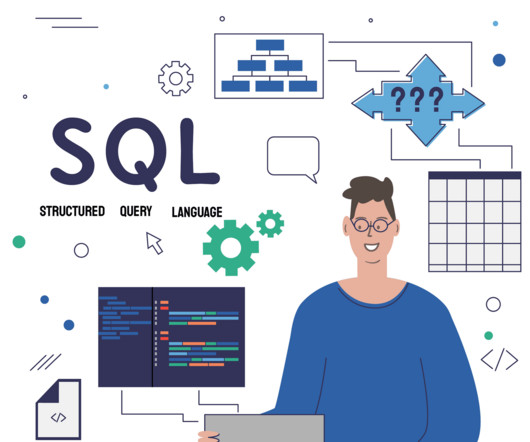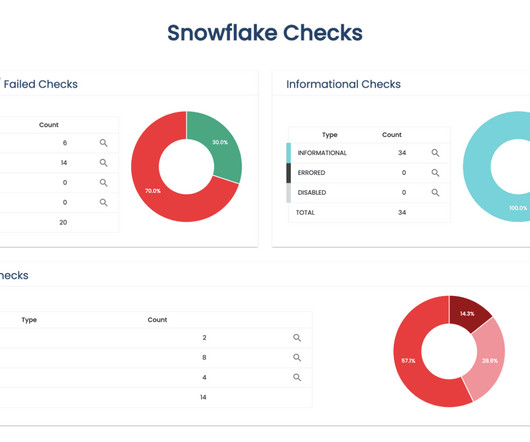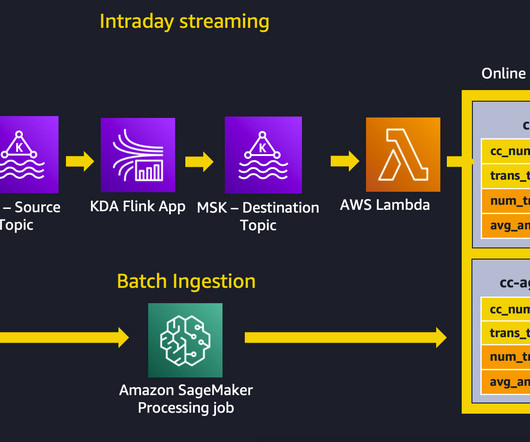SQL Group By and Partition By Scenarios: When and How to Combine Data in Data Science
KDnuggets
JANUARY 15, 2024
Learn the generic scenarios and techniques of grouping and aggregating data, partitioning and ranking data in SQL, which will be very helpful in reporting requirements.












Let's personalize your content